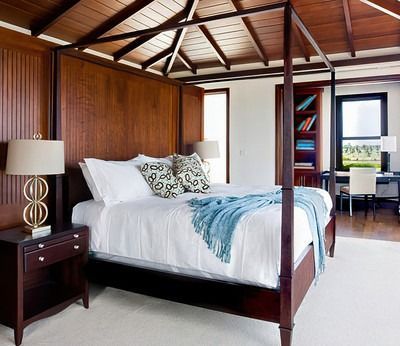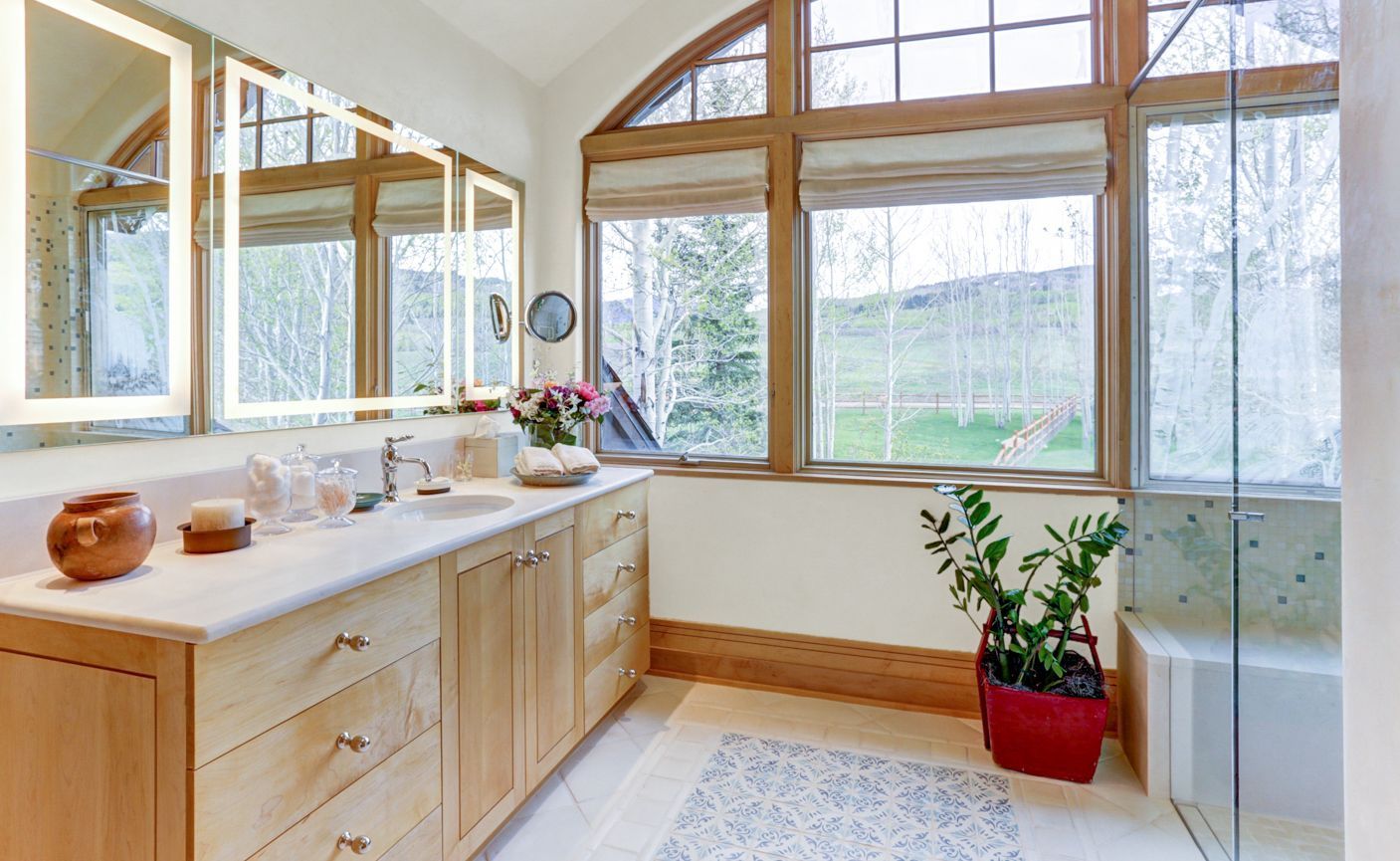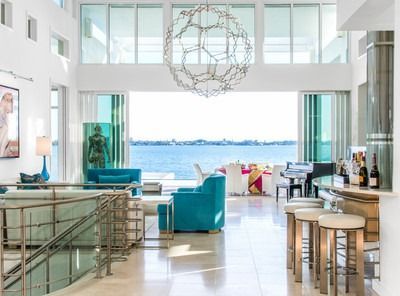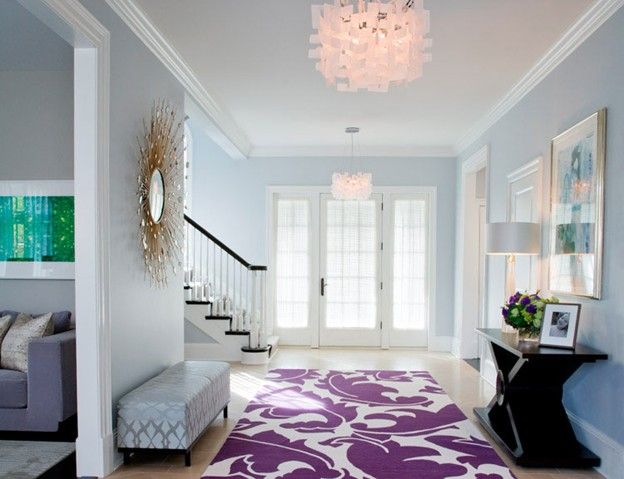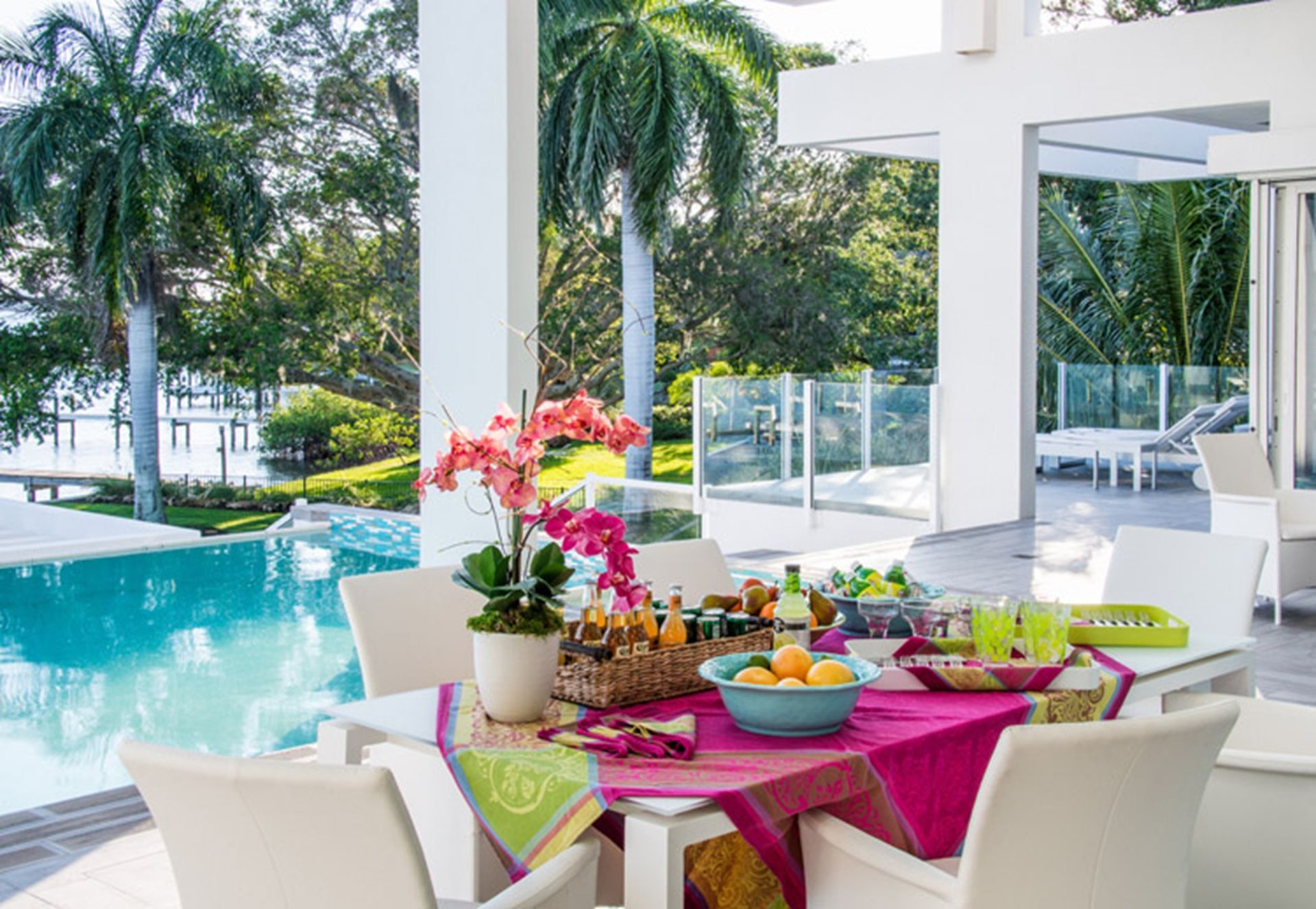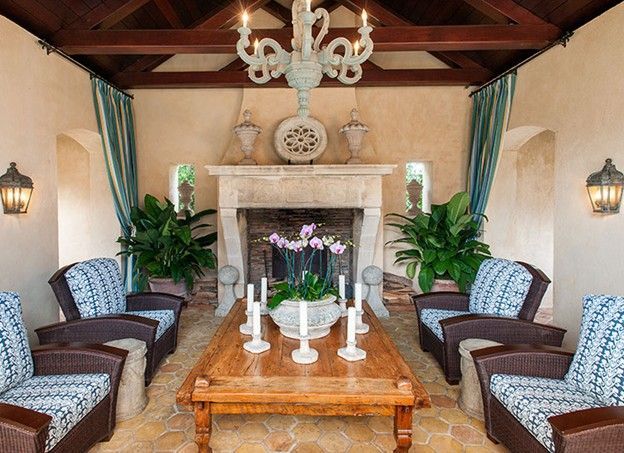Designing with Natural Light in Mind
Natural light is one of the most powerful design elements in any space. It shapes the mood, highlights architectural features, and influences how colors and textures are perceived throughout the day. It is apropos to consider natural light to be a fundamental part of every design concept. It not only enhances beauty but also supports well-being and creates a sense of harmony within the home.
Understanding the Character of Light
Every space has its own light personality. The direction a room faces, the size of its windows, and even the surrounding landscape all affect how light enters and behaves. Morning light is cool and crisp, while afternoon light tends to be warmer and softer. Understanding these variations allows us to select finishes, fabrics, and materials that respond beautifully to changing light conditions.
When we begin a project, we study the orientation of each room and how sunlight moves throughout the space. This helps us determine where to emphasize brightness and where to create balance with shadows and texture.
Maximizing Light Through Color and Material
Color is one of the most effective tools for amplifying or softening natural light. Pale, neutral walls reflect sunlight and make rooms feel larger and airier, while deeper tones can create intimacy and depth. Finishes also play a role. A satin or eggshell finish subtly bounces light without glare, while matte surfaces absorb it for a more grounded effect.
We often pair reflective materials such as polished stone, glass, or metallic accents with soft textiles to achieve visual equilibrium. The goal is never to overwhelm with brightness but to achieve an inviting luminosity that feels natural and consistent.
Using Architecture to Frame Light
Architecture provides the framework for how light enters a home. Large windows, skylights, and glass doors invite light inward, but design balance is essential. We collaborate closely with architects to ensure window placement supports both aesthetic goals and functional needs.
For example, in coastal properties, we often position gathering areas to face the water, allowing natural light to flood in while framing the view. In urban residences, where privacy is a concern, we use transoms or clerestory windows to draw light into interior rooms without compromising seclusion. Thoughtful architectural integration ensures that natural light enhances the flow and proportion of every space.
Layering Light for Balance
Even the brightest homes require balanced lighting for evening and low-light conditions. We layer artificial lighting carefully to complement natural illumination. Ceiling fixtures provide general lighting, while sconces, lamps, and under-cabinet lighting add depth and dimension.
By layering different light sources, we maintain the warmth and ambiance of natural daylight after sunset. This approach also ensures that art, textures, and architectural features remain visible and inviting at any time of day.
Enhancing Wellness Through Light
Natural light contributes not only to beauty but also to health. Studies show that exposure to sunlight improves mood, supports circadian rhythm, and increases energy. We design interiors that maximize these benefits through open layouts, reflective surfaces, and thoughtful shading.
For clients who spend significant time indoors, access to natural light becomes a form of wellness design. We use sheer draperies, glass partitions, and open-plan configurations to allow light to circulate freely. When filtered properly, sunlight transforms a room into a rejuvenating environment that promotes comfort and vitality.
Creating Timeless Interiors Through Light
Spaces designed with natural light in mind feel timeless because they evolve gracefully throughout the day. Morning brightness may highlight crisp details, while evening shadows add warmth and serenity. By embracing these natural transitions, we create interiors that remain dynamic and engaging.
Our goal is to design homes that do not simply rely on light but live in harmony with it. When natural illumination interacts with thoughtful design, the result is a space that feels balanced, vibrant, and enduring.
